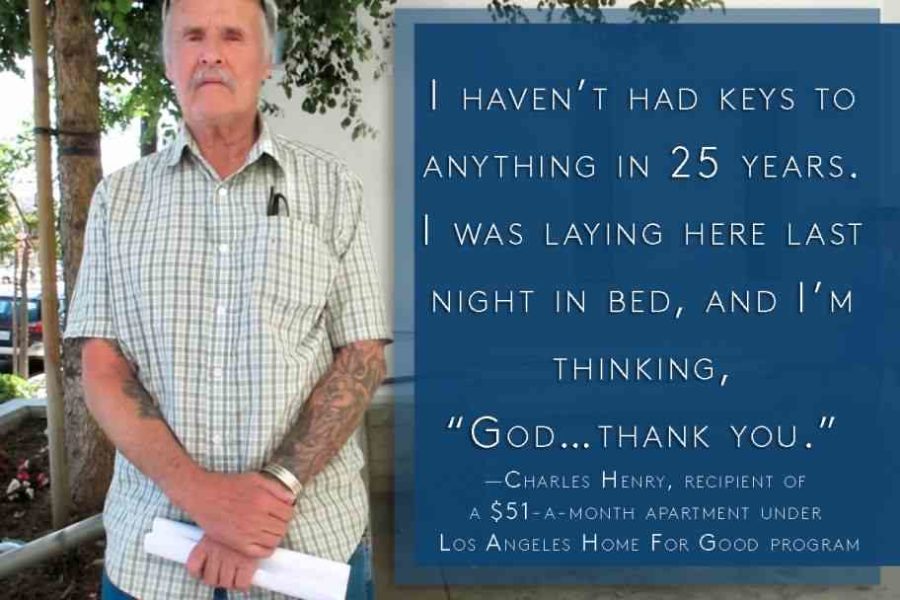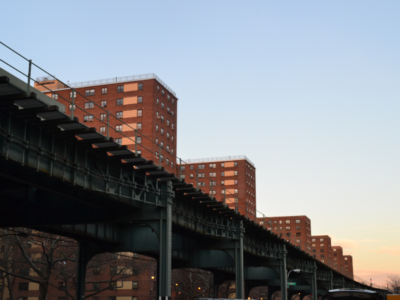
There’s more to Housing First than that it works. It’s cheaper than anything else we’ve been trying, and that may be what gets it over the hump to becoming national policy. Housing First is as much as 40 percent cheaper than providing the services people need when living on the street, according to HUD and a good number of professors, nonprofits, and policy analysts. “The more vulnerable the person, the more expensive they are to take care of,” said Benjamin Henwood, an assistant professor at the USC School of Social Work, who just finished writing a book on Housing First. “People with complex problems who require intensive services cost a lot of taxpayer dollars.” And the chronically homeless tend to need a lot of those services.
The price tag for Housing First varies, but research in Denver, Salt Lake, New Orleans, and elsewhere shows remarkable numbers. Seattle was spending about $4,000 a month on each homeless person; once it implemented Housing First, the price dropped to $958. In Rhode Island, the $2,600 monthly cost of services for a chronically homeless person fell to about $1800. “This is a clear, evidence-based practice,” said Beth Sandor, director of Zero: 2016 at Community Solutions. Zero: 2016 aims to end chronic and veteran homelessness in the U.S. by Dec. 31 of next year. “It’s counterintuitive, but it works.”
Unlike so many ideas about governance, then, Housing First hits all the right political notes: It helps the less fortunate, improves society, and saves money. Conservative or fiscally minded publications such as TheWeekly Standard, The Economist, and Bloomberg News have gotten behind it, and Housing First seems to be one of the few issues that politically opposed lawmakers can agree on. Wisconsin Sen. Paul Ryan, who doesn’t suffer freeloaders, didn’t even mention it in a recent budget committee assessment. “No one will be hurt by this,” said Berg. “It’s just a matter of deciding whether to put a stop to the old system or to layer a new system on top of it.”



